Do Dogs Have Butt Cheeks? [Weird]
Have you ever seen a dog with extra fluff on their backside or a lot of junk in the trunk? If you have, you may have wondered if dogs have butt cheeks. Don’t worry, you’re not alone as many others have asked the same odd yet valid question: do dogs have butt cheeks?
I think that all the facts point toward dogs being positive for butt cheeks, but I will let you make up your mind by providing you with the facts.
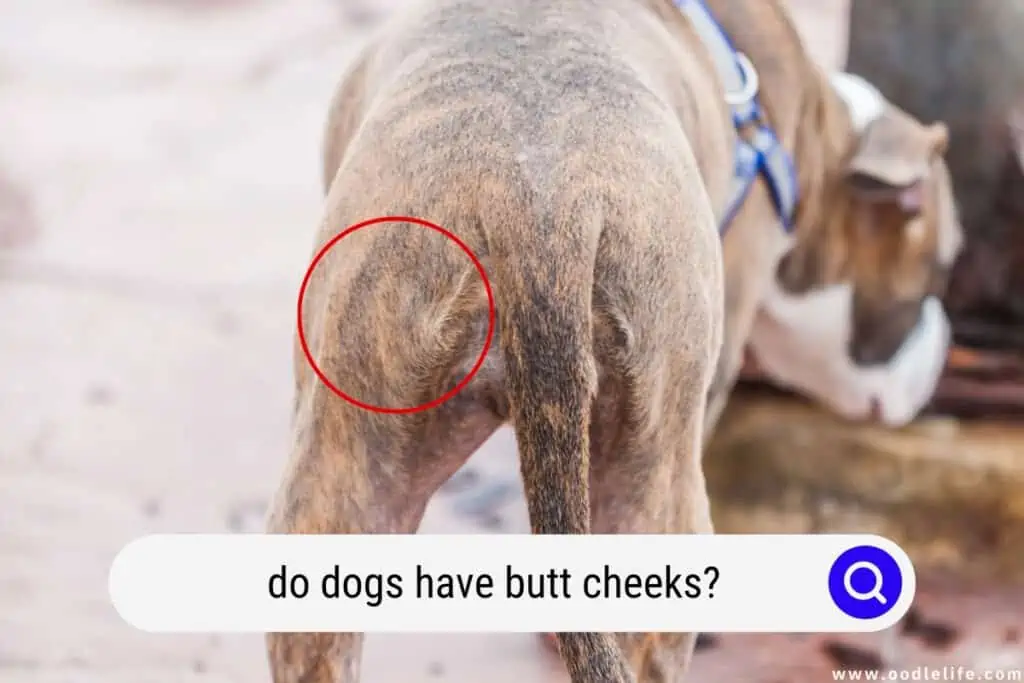
First, we’ll look into the different butt cheeks definitions. Then we will look at what butt cheeks are and do in humans and compare them to what butt cheeks are and do in dogs. In the end, we will compare their makeup and functionality side-by-side to draw our conclusion.
What Defines Butt Cheeks?
Whether a dog has butt cheeks or not depends on your definition of butt cheeks.
I think it is safe to say that the majority of humans can agree that a butt comprises two fleshy or fatty butt cheeks that go from the rear of the hip and toward the back of the lower thigh.
So, if you’re asking the question of whether or not dogs have two fatty butt cheeks exactly like humans, the answer is “no.” However, if you’re wondering if a dog’s rear muscles have similar functionality as humans, then technically the answer is “yes.” But let’s first dive into further detail to determine whether dogs have butt cheeks.
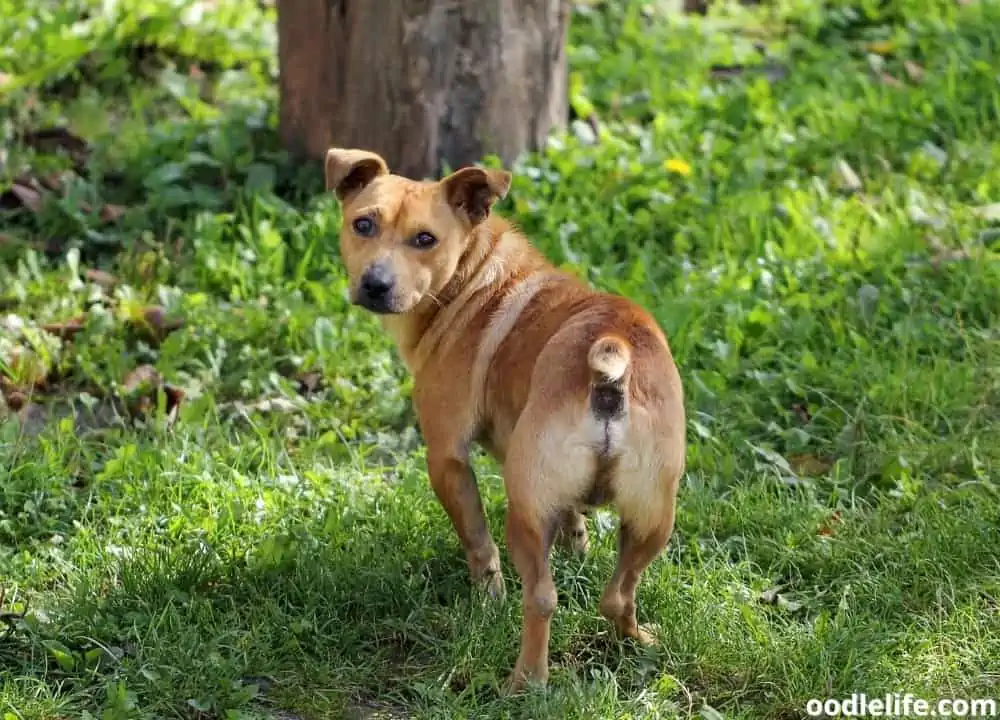
What Are Butt Cheeks in Humans?
We all know that we use our butts daily, but on an anatomical level, a human butt cheek comprises the gluteal muscles: gluteus minimus, gluteus medius, and gluteus maximus. The gluteus maximus is the largest and heaviest in the human body and plays the biggest role in shaping our derrieres. Additionally, the gluteal crease separates these muscles to create our two butt cheeks.
As far as the function of our butt cheeks goes, our gluteus maximus muscles work together with the semitendinosus and semimembranosus muscles in our legs to help maintain an erect posture. Our gluteus also work with other muscles to help us extend and rotate our hips.
Of course, we also use our butt cheeks for sitting. And humans can sit more comfortably on their butt cheeks because humans have big butt muscles and can store fat in their butt cheeks. Evolutionary scientists theorize that this is because our ancestors needed it to store energy during food storage or to help with breastfeeding infants during their first few years of life.
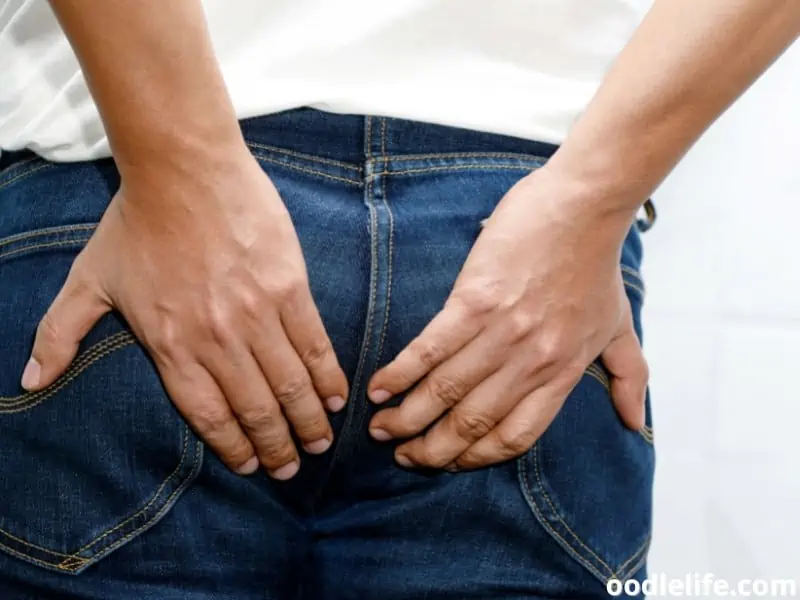
What Muscles Make Up a Dog’s “Butt Cheeks”?
The muscles that make up a dog’s hindlegs are the biceps femoris, semimembranosus, semitendinosus, and gluteal muscles. Canine butt cheeks mainly comprise the biceps femoris, semimembranosus, and semitendinosus muscles.
Although humans have the same muscles, they do not function the same as for dogs. Let’s look a little more closely at the function of the different canine muscles that make up what we think of as a dog’s butt.
Biceps Femoris
The canine biceps femoris muscle is the largest in a dog’s hamstring. It wraps around from the rear to the side of a dog’s rump.
The purpose of a dog’s biceps femoris is to help extend the hip joint. It’s also the muscle that provides powerful thrusts to propel walking or running. Canine biceps femoris is what makes up the rounded part of a dog’s rear, segueing into the dog’s hind leg.
Humans have biceps femoris, too, but they are part of our legs, under our butt cheeks. The human biceps femoris helps us with thigh and knee extension, and external rotation of our lower leg and thigh.
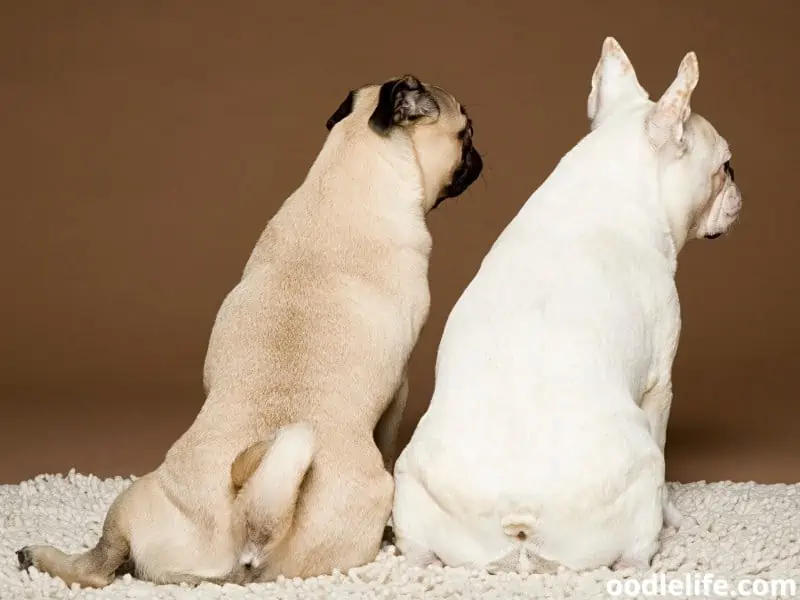
Semimembranosus and Semitendinosus
The semitendinosus and semitendinosus muscles are the hamstring muscles that make up the haunches dogs use when they sit on their derriere.
These muscles work together to help to extend the leg’s hip and hock. They retract whenever the leg is not moving or bearing weight. While these muscles are the rear-most muscles on a dog, they are technically part of a dog’s legs.
Humans have these semimembranosus and semitendinosus muscles, too, but they are in the lower part of our thighs. The human semimembranosus and semitendinosus muscles assist in knee flexion, knee internal rotation, and hip extension.
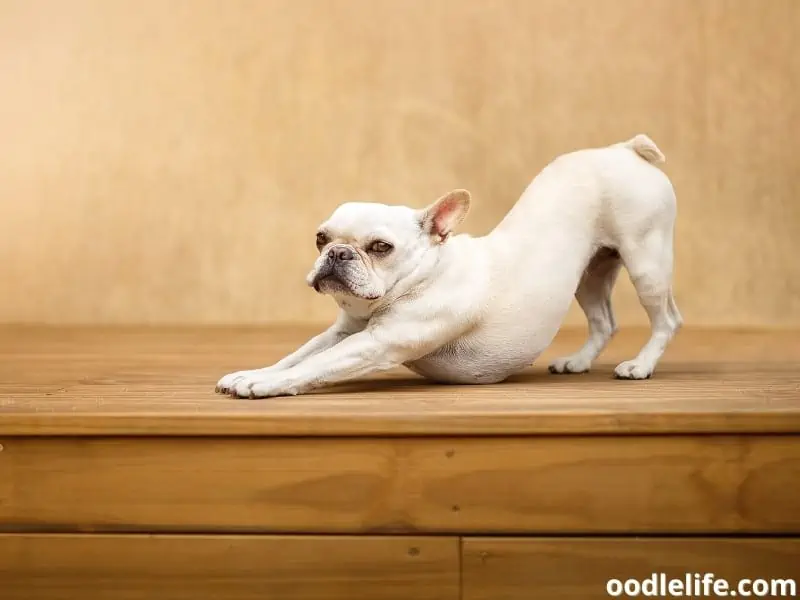
Gluteal Muscles
A dog’s gluteal muscles assist with hip extension and flexibility rather than sitting upon as humans do.
So, dogs do have glutes. However, the interesting thing is that canine gluteal muscles are in the hind quarter area above the tail. The canine gluteal muscles also do not store any extra fat or tissue and do not play a big role in the overall shape of their rear like humans.
The lack of fat is beneficial because it is easier for dogs to sit and actually more hygienic as they do their post-meal business.
Since a dog does not ever sit on their gluteal muscles, we cannot think of them as butt muscles like glutes are for humans.
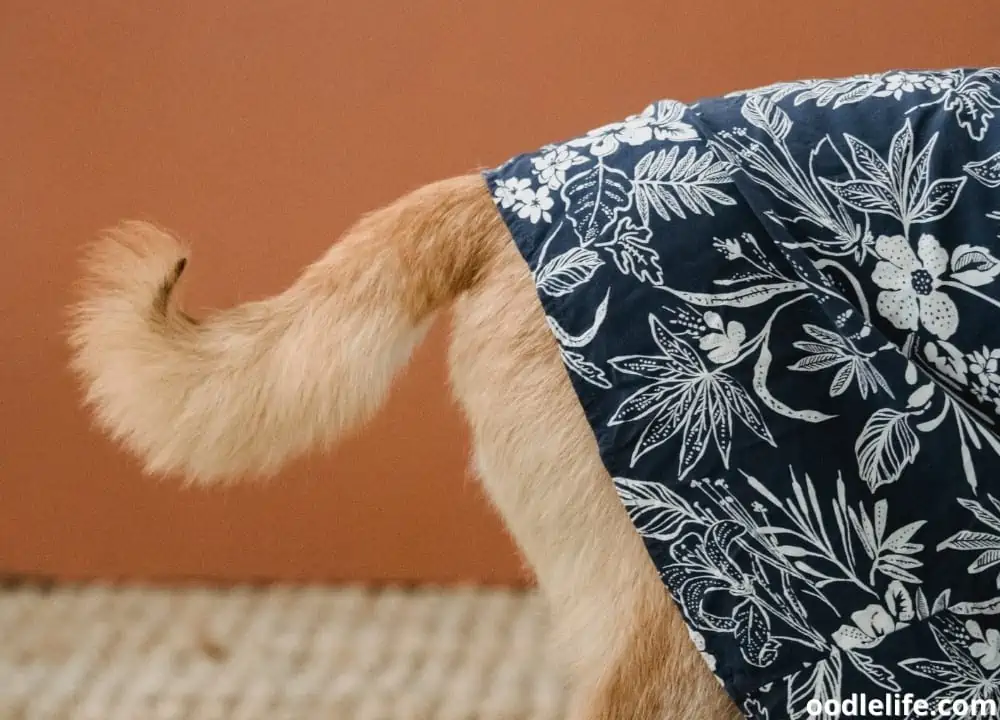
A Comparison of Human and Dog Butt Cheeks
To figure out how human and dog rears compare, we will do a quick overview of their functionality and makeup:
- Sitting: Both humans and dogs can sit on their rears.
- Hip extension: Humans and dogs use the muscles in their rear for hip extension.
- Hip rotation: Humans use their glutes for hip rotation, while dogs use their iliopsoas muscles along their flanks.
- Fat storage: Humans store fat in their rears (among other places) giving more shape to their butts. Dogs store fat around their waist or stomach instead and have minimal fat around their derriere.
- Biceps femoris: This muscle is part of the leg for humans and dogs but forms the round part of a dog’s rear end. Biceps femoris in humans are located under the butt and do not shape it. This muscle aids in extending the hips in dogs and flexing knees in humans.
- Semitendinosus and semitendinosus: This muscle is part of the leg for both humans and dogs. Canines sit on theirs while humans their gluteal muscles. It helps with hip extension in both dogs and humans.
- Gluteal muscles: This muscle helps with hip extension in both dogs and humans. Humans can sit on theirs while dogs cannot. Canine gluteal muscles do not store extra fat and tissue making it more hygienic and easier for dogs to pass stool.
So, for humans, butt cheeks mostly comprise the gluteus maximus muscle, which helps to extend and rotate our hips and can store fat to be more comfortable for sitting.
Canine butt cheeks mainly contain the biceps femoris, semimembranosus, and semitendinosus muscles. These help dogs extend their hips and sit without comfortable fat.
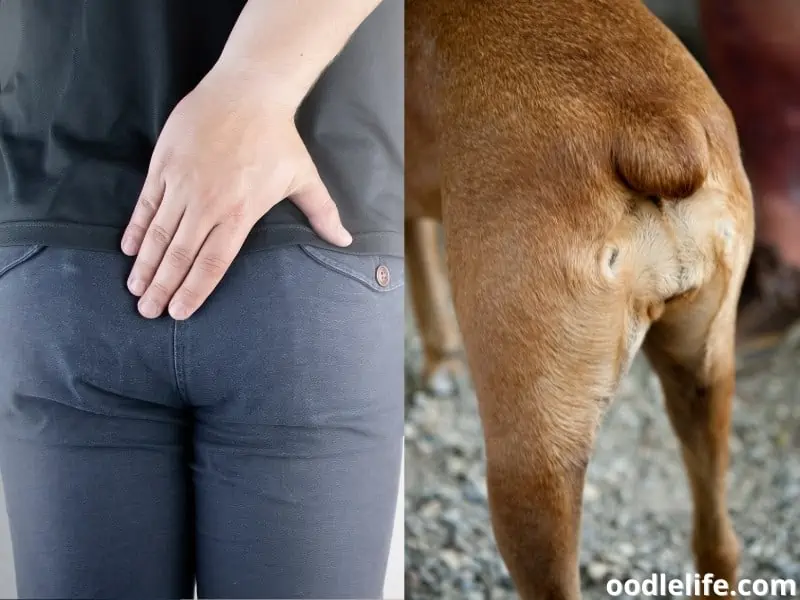
Final Thoughts: Do Dogs Have Butt Cheeks?
Now it is time to answer the million-dollar question: do dogs have butt cheeks? Based on the facts, dogs do have butt cheeks, but not in the way we define them for humans.
Your definition of butt cheeks may be different from others. Dogs use their rump muscles for hip extension and sitting as humans do, so they technically do have butt cheeks. On the other hand, if you’re wondering if dogs sit on their glutes, they don’t since canine glutes are above their tails.
If you are wondering whether dogs have fleshy or fatty butt cheeks like humans, they do not have butt cheeks since they do not store a lot of fat around their rear end. If you see a dog with a visible butt shape, they most likely have a lot of fur, or their groomer did a fantastic job shaping their rear end.
However you define butt cheeks, we conclude that gluteal muscles on dogs are not very obvious in appearance like in humans and are mostly for enhancing mobility and movement. Do you have more odd yet perfectly valid questions about dogs? Explore the answers to other weird questions about dogs and check out our articles about why dogs aren’t ticklish or why dogs lick their pee.